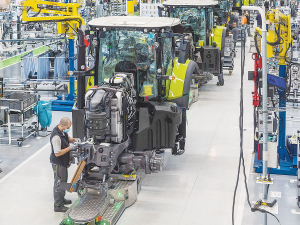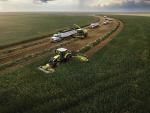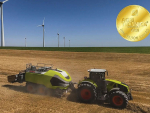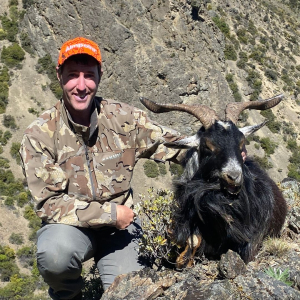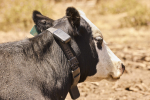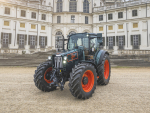While Claas has registered more than 3,000 patents during its 108-year history, the company is currently celebrating the 100th anniversary of filing its first patent.
That first patent covered the knotting device for the Claas binder. This was the company’s first product after the formation of the company in 1913 by August Claas.
Patented in 1921, the Claas knotter has remained virtually unchanged over the last century – in either single or double knotting versions.
In 1923, a new patent number, 414212, saw the development of a knotter billhook with a floating upper jaw – easily recognised by those with an interest in agricultural mechanisation as it was the Claas company logo for many decades.
In 1934, the arrival of the first Claas pick-up baler revolutionised the European hay and straw industry. It brought haymaking into a single mechanised process, thus reducing labour and significantly increasing output.
The knotter then went on to appear in the HD pick-up baler of 1953, the Markant conventional baler in 1967 and the Quadrant big square balers launched in 1988.
Over the last century, Claas has always produced its knotters inhouse, with estimates suggesting that over one million units have been made since 1921. The company is reminding potential purchasers of the reliability delivered by the looped knots simplicity and the added bonus of the absence of any twine waste.
More recently in 2015, the knotter billhook and twine retaining plate was “beefed up” to handle the thicker, stronger twines required by modern high density balers.
Meanwhile, at the same time, the company introduced Automatic Pressure Control (APC), using sensors to continually monitor twine tension and compaction pressure in the bale chamber to avoid twine breakages during high-density operations.





